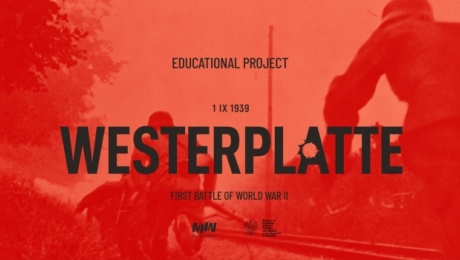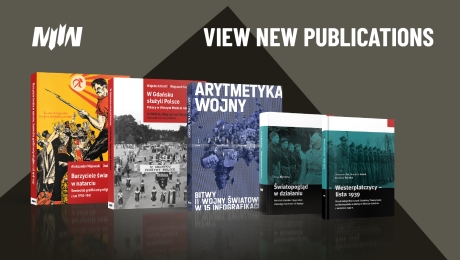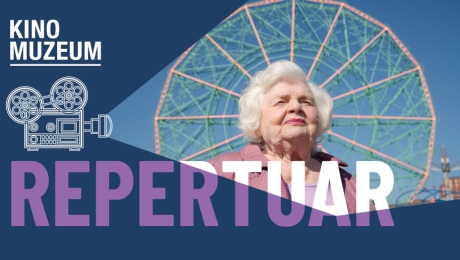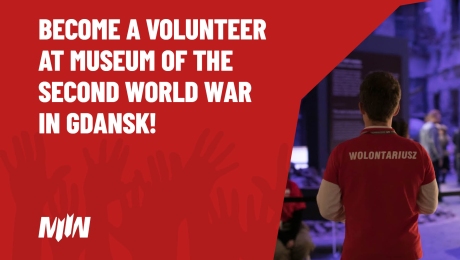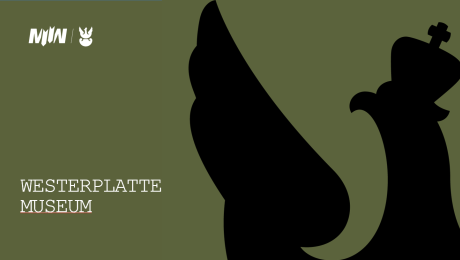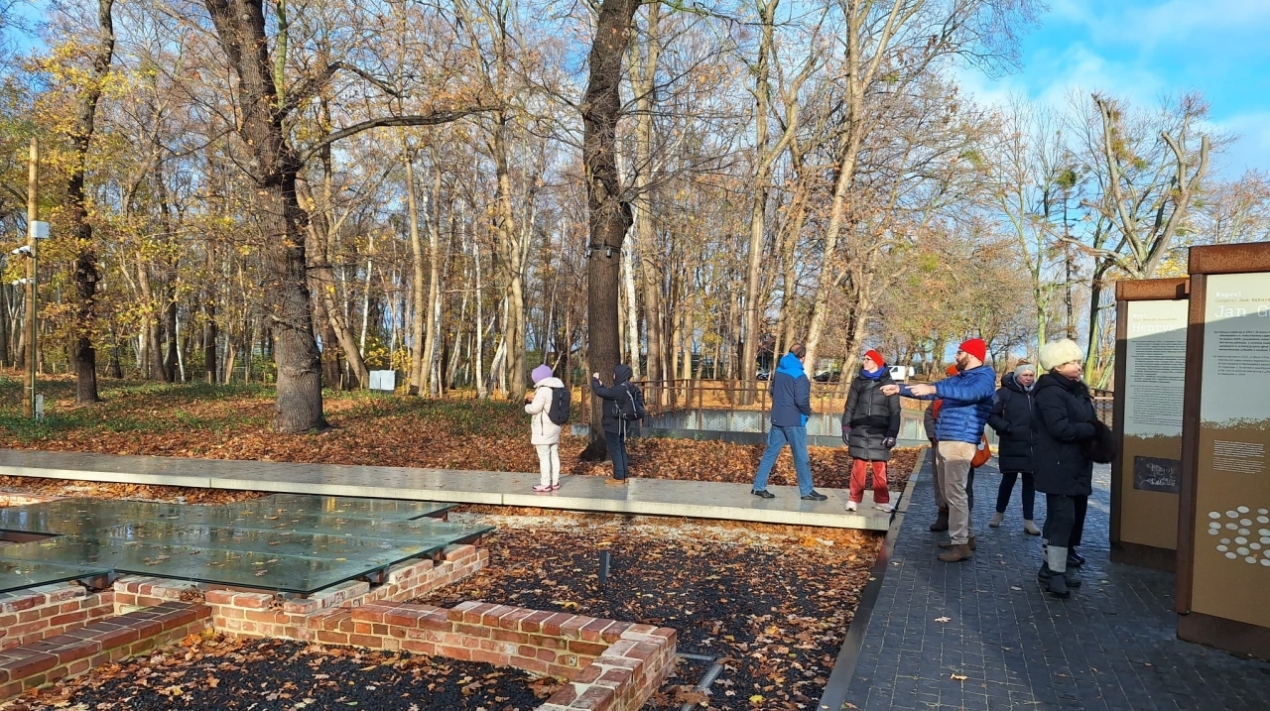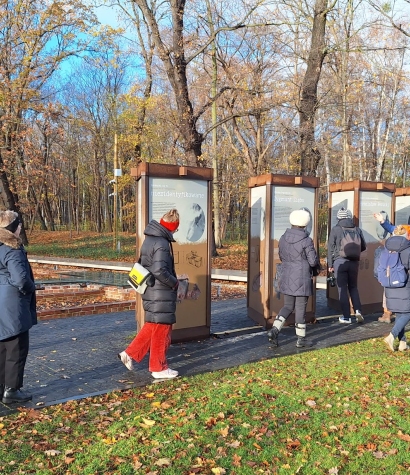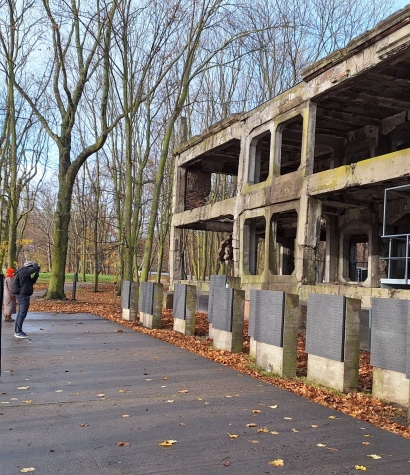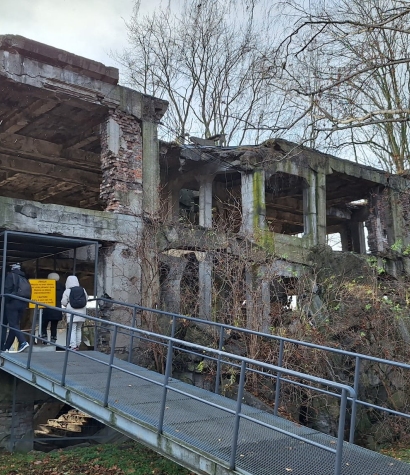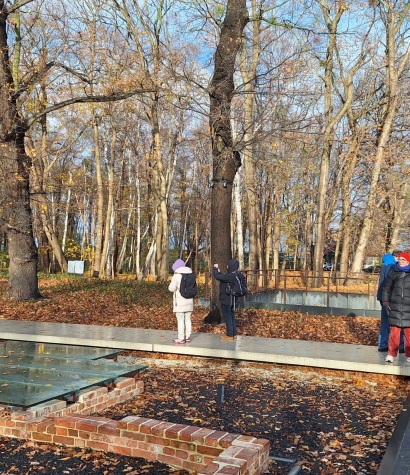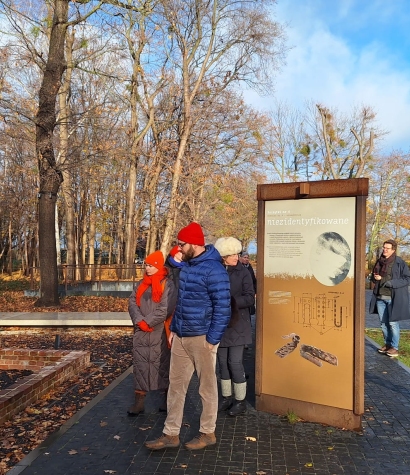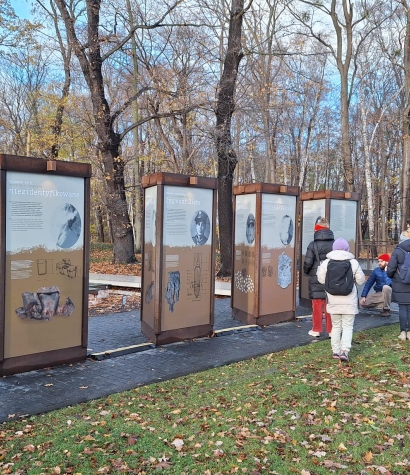Delegation from the Berlin Karlshorst Museum Visits the WWII Museum
On November 19th and 20th, a delegation from the Berlin Karlshorst Museum visited the Museum of the Second World War in Gdańsk. During this study visit, participants learned about our approach to narrating the history of World War II. While guiding them through the permanent exhibition, the temporary exhibition The Forest: Shelter for Victims, Hideout for Crimes, and the Westerplatte site, we shared our experiences in running a modern museum. We explained to our guests how we present the horrors of war from the perspective of the ordinary person and Poland—a country fighting against two occupiers—while situating the events of the war within a global context.
The Berlin Karlshorst Museum offers various perspectives on German-Soviet history in the 20th century. What sets it apart from other German museums is its multinational board of trustees and involvement from four countries: the Federal Republic of Germany, the Russian Federation, Ukraine, and Belarus. The museum is located in a historic building where, on May 8th, 1945, the Wehrmacht's high command signed the unconditional surrender to representatives of the Soviet Union, the United States, the United Kingdom, and France, effectively ending World War II in Europe. The surrender hall serves as the central point of the museum. During the Cold War, Karlshorst housed Soviet military facilities, including the headquarters of the Soviet intelligence services. Consequently, the museum’s educational program also includes tours of the area and topics related to the post-war and Cold War periods.
The Karlshorst Museum, located in East Berlin, was originally established in 1967 by Soviet forces as a ‘Museum of Surrender’ for the political and historical indoctrination of soldiers (until their withdrawal) and the population of East Germany. After the withdrawal of the Red Army from Berlin in 1990–1994, the museum faced closure. However, the Federal Republic of Germany and the Russian Federation decided to maintain its operation, joined in 1997 by Ukraine and Belarus.
In 2013, the museum revamped its permanent exhibition. Through photographs, everyday objects, weapons, written documents, and many other artifacts, it presents World War II from the perspective of both the German and Soviet participants. The exhibition also focuses on the war’s consequences, which are still being felt today.
Following the outbreak of the full-scale war in Ukraine, the museum team decided that only the Ukrainian flag would be displayed in front of the building. Subsequently, it was decided that in light of Russian aggression, the museum would retain its original name, Berlin-Karlshorst, rather than the commonly used "German-Russian Museum Berlin-Karlshorst."
The Berlin Karlshorst Museum collaborates with the National Museum of the History of Ukraine in World War II in Kyiv. After the invasion, a historian from the Ukrainian museum temporarily joined the Berlin team before returning to Kyiv. The museum also works closely with members of Memorial International, a human rights organization banned by Russia’s Supreme Court in 2021. Currently, the museum only collaborates with Russian historians living in exile.
The Berlin Karlshorst Museum staff are now considering further changes to their exhibition and are seeking inspiration, which was one of the purposes of their study visit to the the Museum of the Second World War in Gdansk and Westerplatte. We hope our guests leave Gdańsk inspired by the visit.






